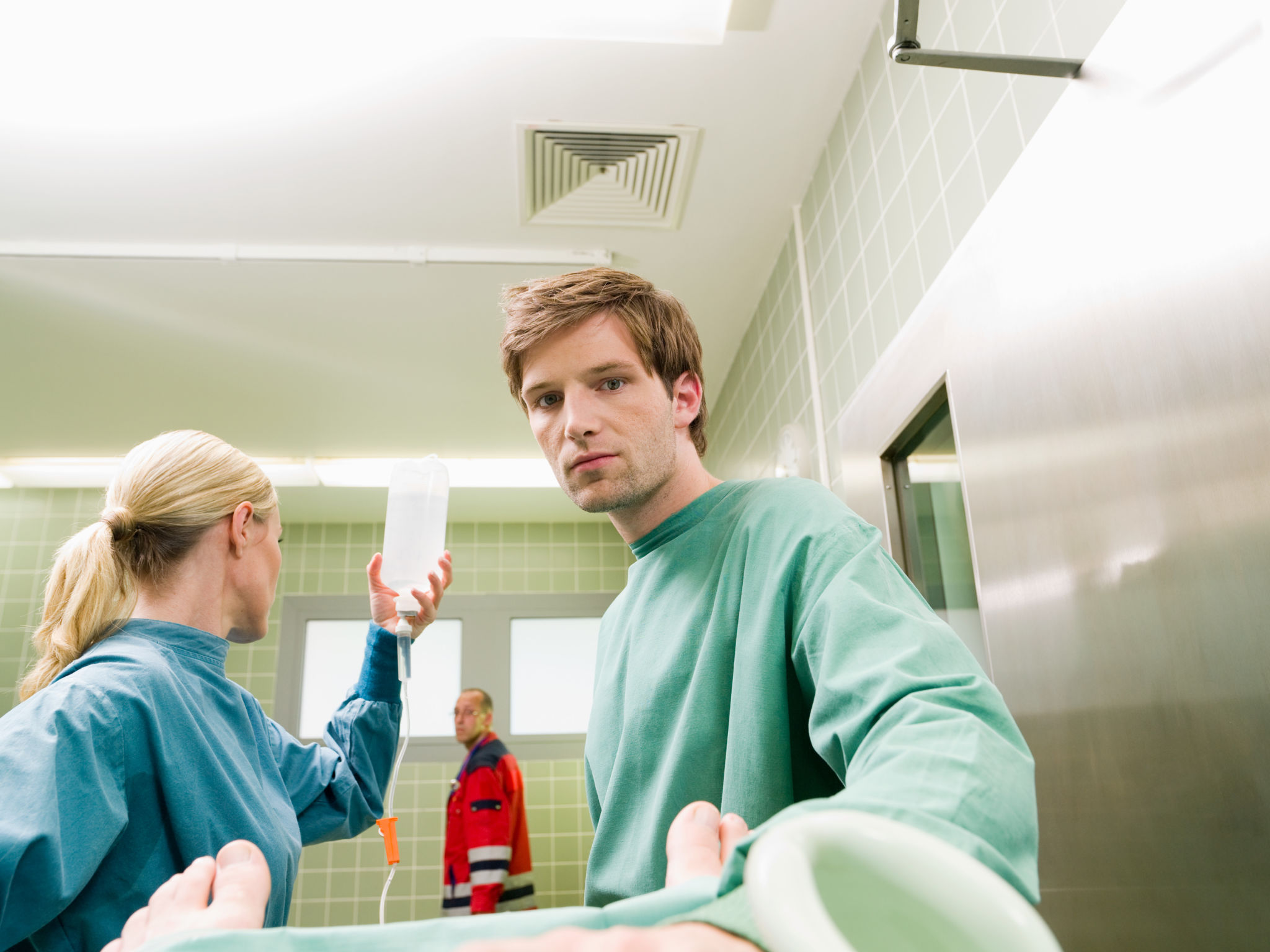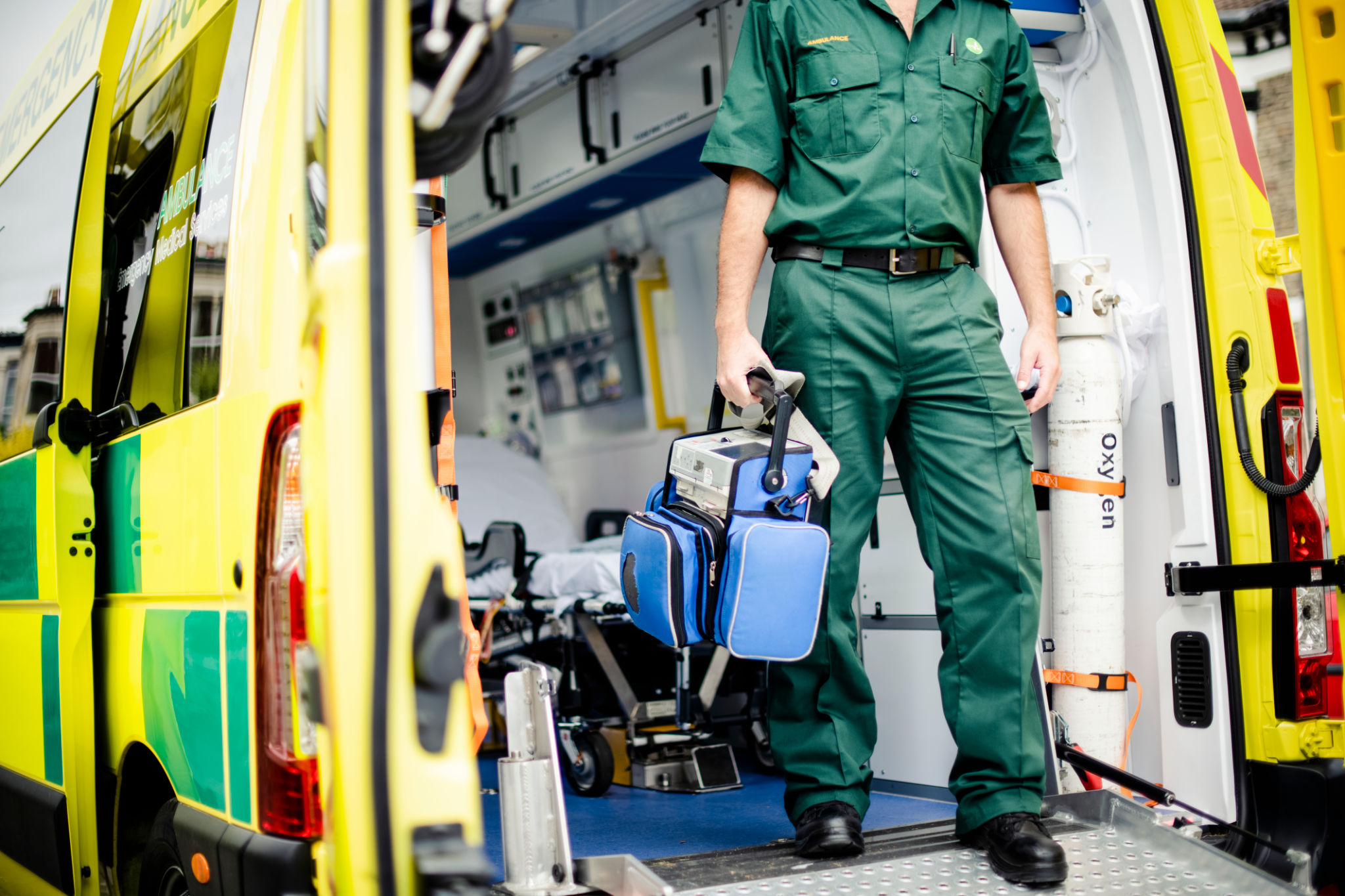Comprehensive Guide to Medical Standby Solutions in the USA
Understanding Medical Standby Solutions
Medical standby solutions play a crucial role in ensuring safety and preparedness during large events or in high-risk environments. These services provide on-site medical professionals who can quickly respond to emergencies, offering immediate care and stabilizing patients until they can be transported to a healthcare facility. The presence of medical standby teams can be the difference between life and death, especially in situations where time is critical.
In the United States, medical standby services are often employed for concerts, sports events, festivals, and corporate gatherings. These services ensure that any medical emergencies are addressed swiftly and efficiently, thus minimizing risks for both event organizers and attendees. The scope of these services can range from basic first aid to advanced life support, depending on the nature and size of the event.

Types of Medical Standby Services
Basic Life Support (BLS)
Basic Life Support is the foundational level of medical standby care. BLS providers are trained to offer essential medical interventions such as CPR, wound care, and initial stabilization of injuries. They are equipped with basic medical supplies and can manage non-life-threatening situations effectively. BLS is typically suitable for smaller events or gatherings with minimal risks.
Advanced Life Support (ALS)
For larger events or those with higher risk factors, Advanced Life Support might be necessary. ALS involves more complex medical procedures and is provided by paramedics or emergency medical technicians with advanced training. These professionals are capable of administering medications, performing advanced airway management, and using defibrillators. ALS services are critical for events where immediate response to severe emergencies is anticipated.

The Importance of Risk Assessment
Conducting a thorough risk assessment is a fundamental step in determining the level of medical standby services needed for an event. Event planners must consider factors such as the expected crowd size, the demographic of attendees, the nature of activities, and the location of the event. A well-executed risk assessment helps in identifying potential hazards and ensures that appropriate medical resources are deployed.
Risk assessments should also take into account historical data from similar events, local healthcare facility capabilities, and potential environmental conditions that might impact health and safety. With this information, organizers can collaborate with medical standby providers to develop a comprehensive emergency response plan that addresses all potential scenarios.

Selecting a Medical Standby Provider
Choosing the right medical standby provider is crucial for the success of any event. It is essential to work with experienced professionals who have a proven track record in delivering reliable and effective medical services. When evaluating providers, consider their credentials, equipment capabilities, and availability of both BLS and ALS services.
Additionally, communication is key. Ensure that the provider offers seamless coordination with local emergency services and has a clear understanding of the event's layout and logistics. This ensures a quick response in case of an emergency and minimizes confusion during critical moments.
Conclusion: The Value of Preparedness
Incorporating medical standby solutions into event planning is an investment in safety and peace of mind. By proactively addressing potential health risks, event organizers not only fulfill their duty of care but also contribute to a positive experience for attendees. As the landscape of events continues to evolve, the need for effective medical standby solutions remains more important than ever.
By prioritizing safety through comprehensive planning and professional medical support, events across the USA can thrive while ensuring the well-being of participants and staff alike.
